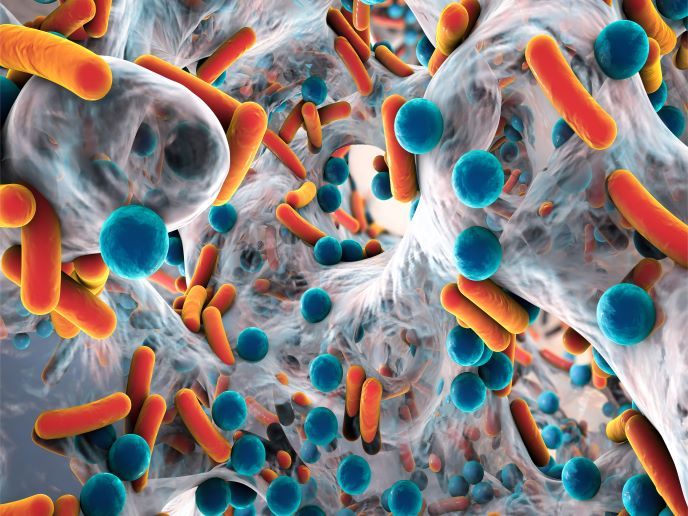Food allergen tests speeded up
It is estimated that eight per cent of children and two per cent of adults have food allergies. Moreover, the incidence has increased over the past few decades and is continuing to escalate. Common allergens with an animal origin include milk, egg and seafood. Even mild allergic reactions to food allergens can be unpleasant and may include itching, swelling of soft tissue and breathing and digestive problems. Anaphylaxis is a severe reaction to any allergen including food and can be fatal. There is therefore huge pressure on manufacturers to detect and eliminate food allergens for those who suffer from this potential threat of allergic reactions. In response to this demand, the REDALL project aimed to improve safety within the food industry. In particular, project partners concentrated on improvements in food technology for processed food to prevent allergen contamination. Researchers at the University of Leeds devised tests, one in 'dipstick' form and the other incorporating a biochip sensor. The technology is based on resonance-enhanced nanocluster detection and is applicable at all stages in food processing. Raw materials as well as intermediate and final stages yield accurate results. Speed of allergen determination throughout food processing is an important factor and the new protocols devised are completed in a matter of minutes. By contrast, alternative methods are the rapid DNA extraction test prior to polymerase chain reaction (PCR) testing which takes half an hour. Even more laborious, the CTAB (cetyltrimethylammonium bromide) extraction test gives results after three hours. Detection limits of trace amounts of skimmed milk powder, beef and chicken are very acceptable and are ten times as sensitive as the CTAB method. The speed, robustness and low cost of the new methods could well provide the food industry with the weaponry it needs to reduce the allergenicity of foods.







